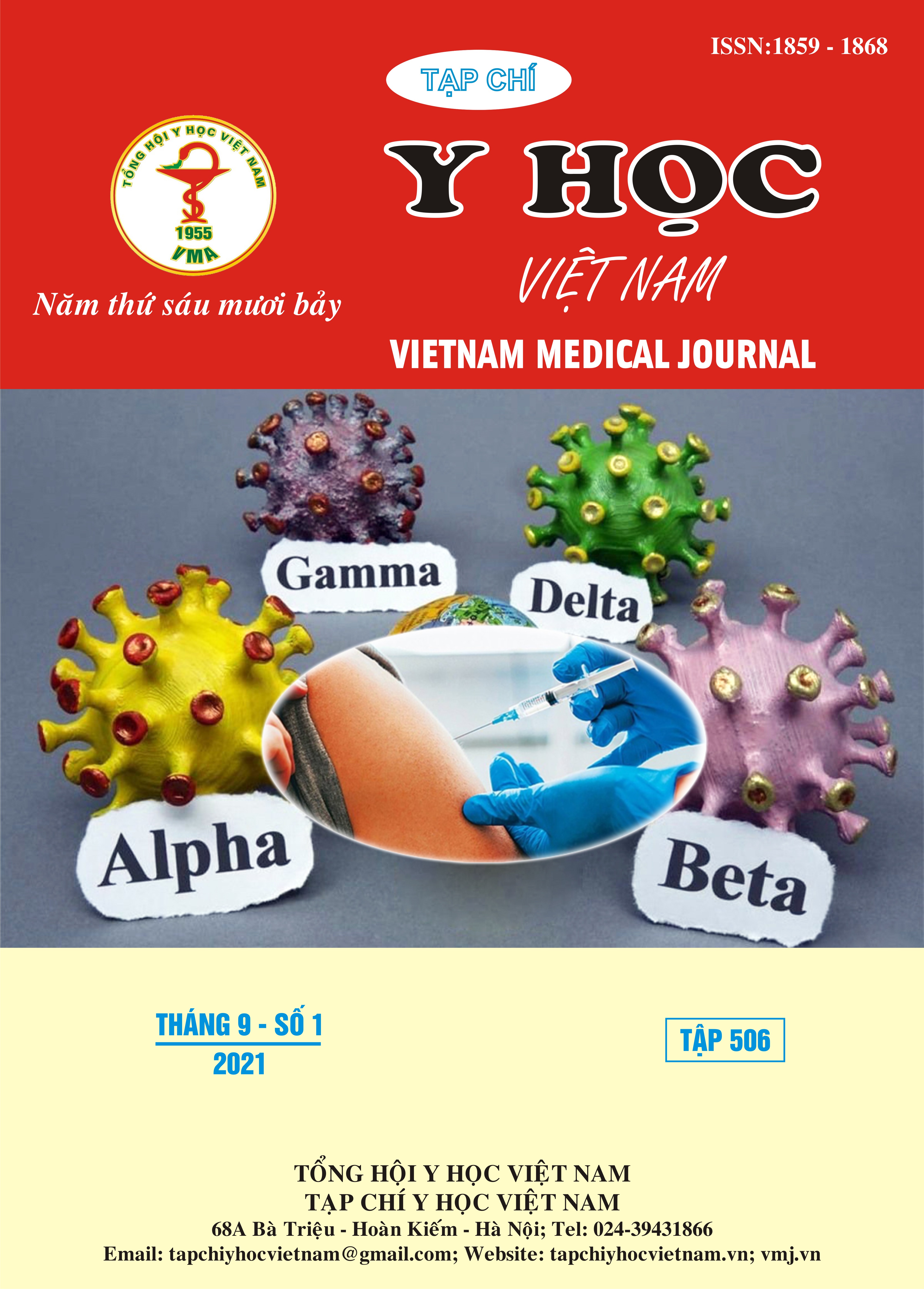ROLE OF CT SCANNER AND MRI OF TEMPORAL BONE IN COCHLEAR IMPLANT INDICATION
Main Article Content
Abstract
Objective: To describe CT scanner and MRI imaging characteristics of temporal bone of sensorineural hearing loss patients to select patients for cochlear implantation. Material and Methods: Description of inner ear and cochlear nerve imaging combined with hearing assessment to give cochlear implant indication in 132 sensorineural hearing loss patients. Cochlear nerve was evaluated on high resolution T2 3D gradient-echo MRI. Inner ear image was evaluated on high resolution MRI and CT scanner. Results: The study included 132 patients with 264 ears in which 161 ears (61%) with no inner ear malformations, 34 ears (12,9%) with normal cochlear and cochlear nerve deficiency, 65 ears (24,6%) with inner ear malformation and 4 ears (1,5%) with labyrinthine ossification. The patients with cochlear nerve aplasia and no V ABR wave on hearing assessment, the patients with severe cochlear malformation and severe cochlear ossification are not indicated for cochlear implantation. Conclusion: Indications for cochlear implantation depend on the condition of the inner ear and the presence of cochlear nerve on imaging or auditory response on hearing assessment.
Article Details
Keywords
inner ear malformation, cochlear nerve deficiency, cochlear implant indication
References
2. Agarwal, S.K., Singh, S., Ghuman, S.S., et al (2014). Radiological assessment of the Indian children with congenital sensorineural hearing loss. International journal of otolaryngology, 2014.
3. Raghunandhan, S., Madhav, K., Senthilvadivu, A., et al (2019). Paediatric auditory brainstem implantation: The South Asian experience. European annals of otorhinolaryngology, head and neck diseases, 136(3): p. S9-S14.
4. Cinar, B.C., Batuk, M.O., Tahir, E., et al (2017). Audiologic and radiologic findings in cochlear hypoplasia. Auris Nasus Larynx, 44(6): p. 655-663.
5. Sampaio, A.L., Araujo, M.F., and Oliveira, C.A. (2011). New criteria of indication and selection of patients to cochlear implant. Int J Otolaryngol, 2011: p. 573-968.
6. Han, J.J., Suh, M.-W., Park, M.K., et al (2019). A Predictive Model for Cochlear Implant Outcome in Children with Cochlear Nerve Deficiency. Scientific reports, 9(1): p. 1154.
7. Buchman, C.A., Teagle, H.F., Roush, P.A., et al (2011). Cochlear implantation in children with labyrinthine anomalies and cochlear nerve deficiency: implications for auditory brainstem implantation. Laryngoscope, 121(9): p. 1979-88.
8. Zhang, L., Qiu, J., Qin, F., et al (2017). Cochlear implantation outcomes in children with common cavity deformity; a retrospective study. Journal of otology, 12(3): p. 138-142.
9. Booth, T.N., Roland, P., Kutz, J.W., Jr., et al (2013). High-resolution 3-D T2-weighted imaging in the diagnosis of labyrinthitis ossificans: emphasis on subtle cochlear involvement. Pediatr Radiol, 43(12): p. 1584-90.


